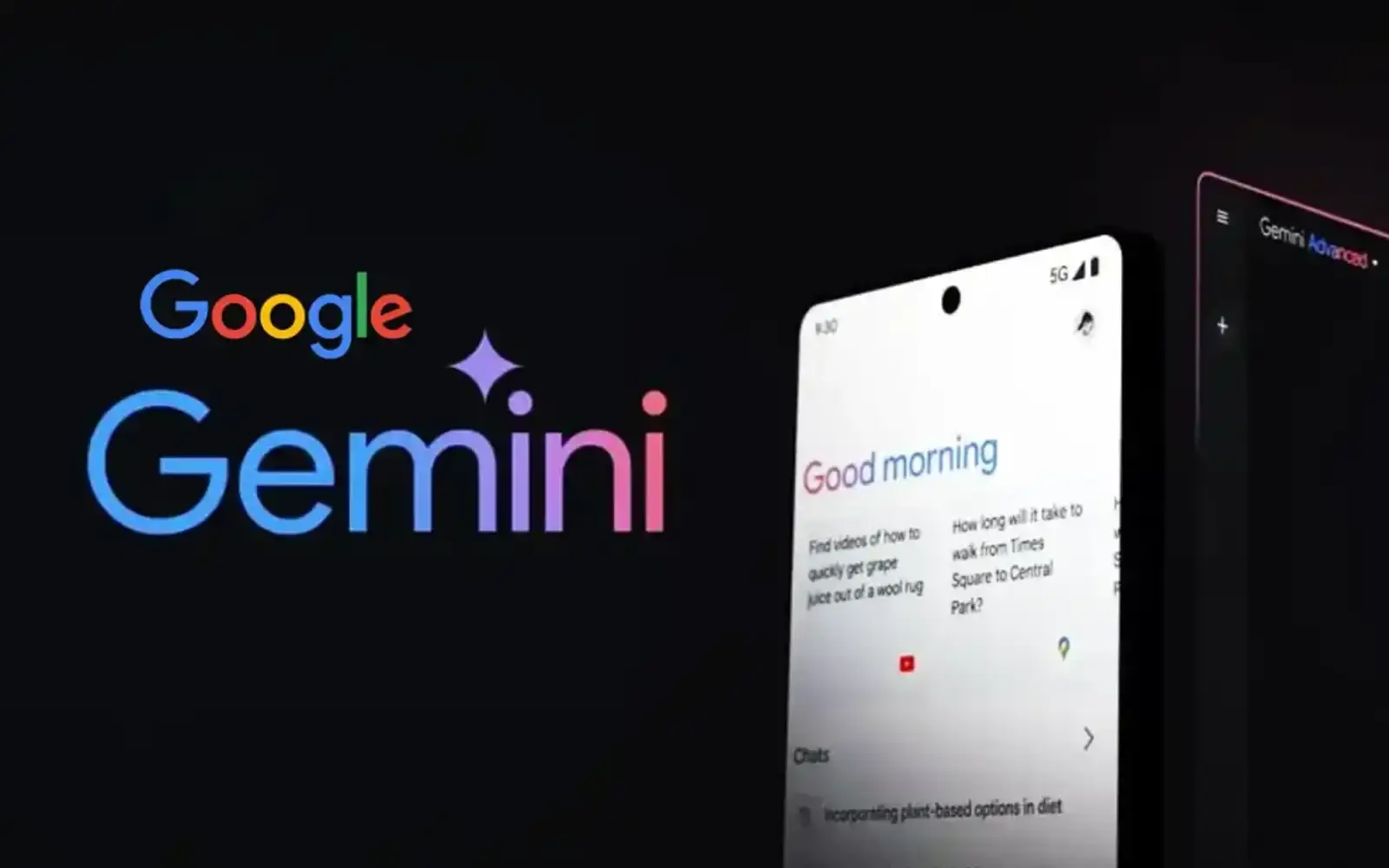With Google’s AI-powered Deep Research, users can delegate intricate research tasks to advanced algorithms, saving hours while ensuring detailed results.
Key Points at a Glance
- Google Deep Research utilizes Gemini AI to perform in-depth analysis on complex topics.
- The tool develops multi-step research plans and thoroughly scans web resources for relevant data.
- Accessible through the $20/month Gemini Advanced plan, it simplifies extensive research tasks for both professionals and enthusiasts.
Navigating through heaps of online data for detailed research can be daunting and time-consuming. Google’s latest AI-powered tool, Deep Research, powered by the Gemini AI system, aims to change this. By automating the research process, this innovative feature promises to streamline information gathering and analysis—perfect for tackling complex subjects or projects. From identifying the best tech upgrades to exploring historical nuances, Deep Research is tailored to take on challenges beyond standard AI chat responses.
Deep Research introduces an “agentic” methodology, granting AI more autonomy in its operations. Unlike traditional chatbots that require step-by-step guidance, this tool independently crafts a comprehensive research plan and executes it under user supervision. According to Google, the system’s ability to “deeply analyze relevant information” makes it an ideal assistant for anyone juggling complex topics, whether they’re professionals or hobbyists.
To begin, users need access to the Gemini Advanced plan, priced at $20 per month, which also includes 2TB of Google One storage. Once activated, the process follows three stages:
- Crafting the Research Plan: Users input a detailed query—the more specific, the better. For example, questions like “What are the advancements in quantum computing over the past decade?” allow the tool to craft a tailored plan. Gemini then presents this research roadmap, which users can revise for precision.
- Executing the Research: After finalizing the plan, the AI scans the web for data. Unlike manual searches, this phase is entirely automated, with Gemini showing the sources it consults in real-time. Users can either monitor the process or let the AI work independently.
- Delivering Detailed Reports: Upon completion, Deep Research provides a comprehensive report addressing all aspects of the original query. Users can continue asking follow-up questions to refine the findings, ensuring clarity and completeness.
The tool’s ability to leverage standard 2D web data—without relying on advanced sensors or exclusive datasets—makes it accessible and versatile. For instance, it can:
- Collate data from diverse sources.
- Highlight discrepancies and insights.
- Reference its sources for verification and further exploration.
Users can export their results into Google Docs for easy sharing and editing, maintaining the integrity of tables, data, and references.
Google Deep Research shines in scenarios requiring exhaustive investigation. Key use cases include:
- Academic Research: Quickly gathering information across disciplines while maintaining academic rigor.
- Business Analysis: Streamlining market research, competitor analysis, and technological trends.
- Personal Projects: Helping hobbyists explore intricate topics like genealogy or scientific phenomena.
The tool is particularly useful in time-sensitive scenarios, enabling users to save hours that would otherwise be spent on manual searches.
Despite its potential, Deep Research isn’t infallible. Google cautions users to cross-check results against primary sources for accuracy. While the AI minimizes errors through references and transparency, human oversight remains crucial. As AI tools like Gemini continue to evolve, they may offer even greater reliability and nuanced understanding in the future.
By enabling users to delegate tedious aspects of research to an AI assistant, Google Deep Research represents a significant leap in productivity tools. Its integration with Google’s broader ecosystem—including Docs and Google One—offers a seamless workflow for users. While it’s currently behind a paywall, its promise to save time and enhance efficiency makes it an attractive option for professionals, students, and anyone with a thirst for knowledge.
